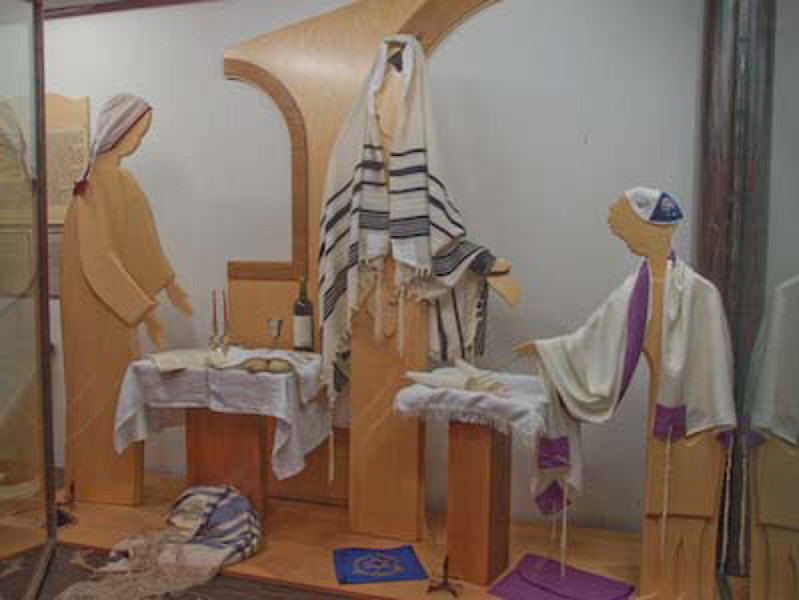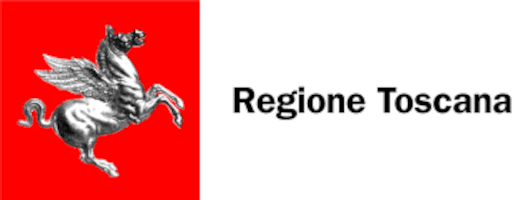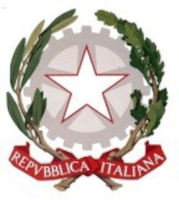A Jewish community took refuge here after the Pontiff's expulsion in the second half of the sixteenth century, including many bankers: remember the family members of the famous doctor David de Paris, serving the Orsini of Pitigliano and the Sforza of Santa Fiora. At the end of the fifteenth century the Synagogue was built. In the early 17th century, under the doctors, the Jews here were confined to the ghettos, although in Pitigliano they maintained exceptional privileges for the era, such as the ability to possess stable assets, given the important economic and social role they cover . In 1649, the community grew up for the arrival of the Castro Jews, destroyed that year, to which other smaller communities were added. A greater integration occurred thanks to Lorraine's reformation policy, so that the Jews could also access the municipal offices. Also important was the visit to the Israeli temple in 1773 by Pietro Leopoldo: in Pitigliano an exceptional climate of tolerance and good coexistence between Jews and Christians grew.
The period of greater flourishing of the community dates back to the nineteenth century, when the community reached 300 units, so much so that the small town called the "Little Jerusalem." In 1833 a rich library and a Mutual Teaching School was set up From the community itself. Pitigliano provided rabbis to various important Italian communities and important figures, such as the brothers Flaminio and Ferruccio Servi, founders of the "Vessillo Israelita", the first Jewish Italian newspaper, and Dante Lattes one of the strongest and polyhedric personalities of Italian Jewry After the unification of Italy, with mixed marriages and migration to the major centers, the Jewish community began to disperse until in 1938 the racial laws desired by the Fascist regime led to an almost definitive abandonment of Pitigliano. Of the community remain only a few members, but it is possible to know many interesting aspects of Jewish culture Through a visit to the Synagogue and to the various recently restored hypogean environments, which represent a fascinating journey. Even today, the local cooperative cellar produces kasher wine.





